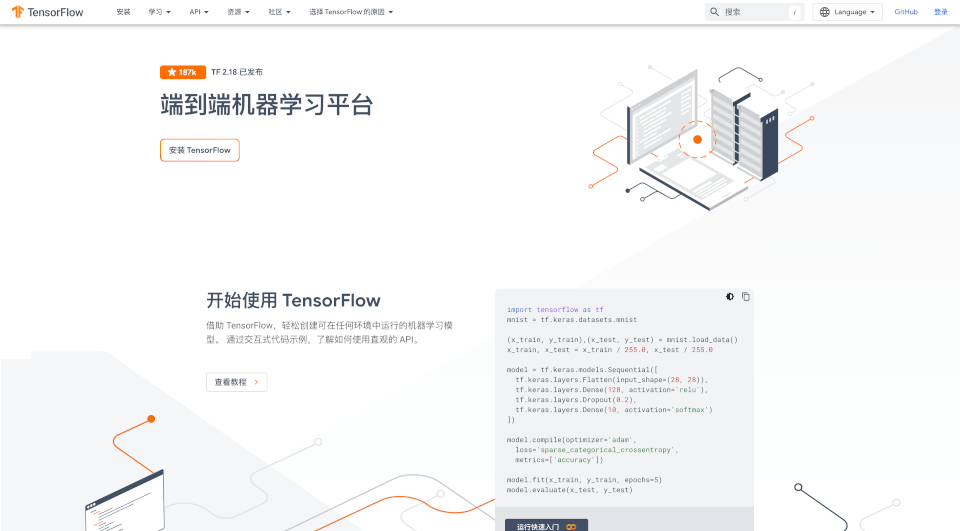What is Baseten?
Baseten is an advanced model deployment platform designed to simplify the process of serving AI models in production. With its emphasis on performance, security, and a delightful developer experience, Baseten empowers data scientists and engineers to focus on building innovative AI applications without the burden of infrastructure management. It supports a range of models from various frameworks, facilitating seamless integration and rapid scaling to meet user demand.
What are the features of Baseten?
High-Performance Inference: Baseten offers impressive model throughput, achieving speeds of up to 1,500 tokens per second and ensuring low latency with fast time to first token, often under 100 milliseconds.
Effortless Autoscaling: The platform's autoscaler automatically adjusts the number of model replicas in response to incoming traffic, allowing businesses to maintain performance without overpaying for compute resources.
Open-Source Model Packaging (Truss): Truss is an open-source standard for packaging machine learning models across frameworks, making it easier for teams to share and deploy their models, whether locally or in production environments.
Magic Cold Start Optimization: Baseten optimizes various stages of the model pipeline, from building images to fetching weights, resulting in significantly reduced cold start times.
Resource Management & Observability: The platform provides detailed log management, event filtering, and real-time tracking of critical metrics such as inference counts and GPU uptime, ensuring smooth operations and quick issue resolution.
What are the characteristics of Baseten?
Enterprise-Ready Infrastructure: Baseten prioritizes security, reliability, and compliance, making it ideal for enterprise applications that demand robust operational frameworks. Single tenancy options further bolster security by isolating models virtually and physically.
Comprehensive Cost Management: The platform offers tools to monitor and optimize spending, enabling organizations to maintain control over their infrastructure costs while benefiting from high-performance deployments.
Flexible Deployment Options: Whether deployed on an organization’s infrastructure or within Baseten’s cloud, the platform supports various deployment scenarios, giving teams the flexibility to meet their operational needs.
What are the use cases of Baseten?
Real-Time AI Applications: Baseten is perfect for powering interactive applications such as chatbots, virtual assistants, and translation services, where low latency is crucial for user satisfaction.
Custom Model Development: Data scientists can leverage Baseten for building and deploying domain-specific models tailored to unique business challenges without worrying about underlying infrastructure management.
Rapid Prototyping and Scaling: Its user-friendly environment facilitates the quick deployment of prototype models, allowing companies to test new ideas and swiftly iterate based on feedback.
High-Volume Inference Workloads: Organizations needing to handle large volumes of model predictions can depend on Baseten's streamlined autoscaling and optimization features to maintain high performance even under peak loads.
How to use Baseten?
To get started with Baseten, follow these simple steps:
-
Install Truss:
pip install --upgrade truss -
Package Your Model: Utilize Truss to package your model by creating a configuration file and defining the model behavior in Python.
-
Push Your Model: Upload your model to Baseten with the following command:
truss push -
Deploy and Scale: Monitor your deployment and configure autoscaling settings to manage model traffic efficiently.
-
Access Your Endpoint: Once deployed, your model will be available through an automatically generated API endpoint, ready for real-time interaction.








